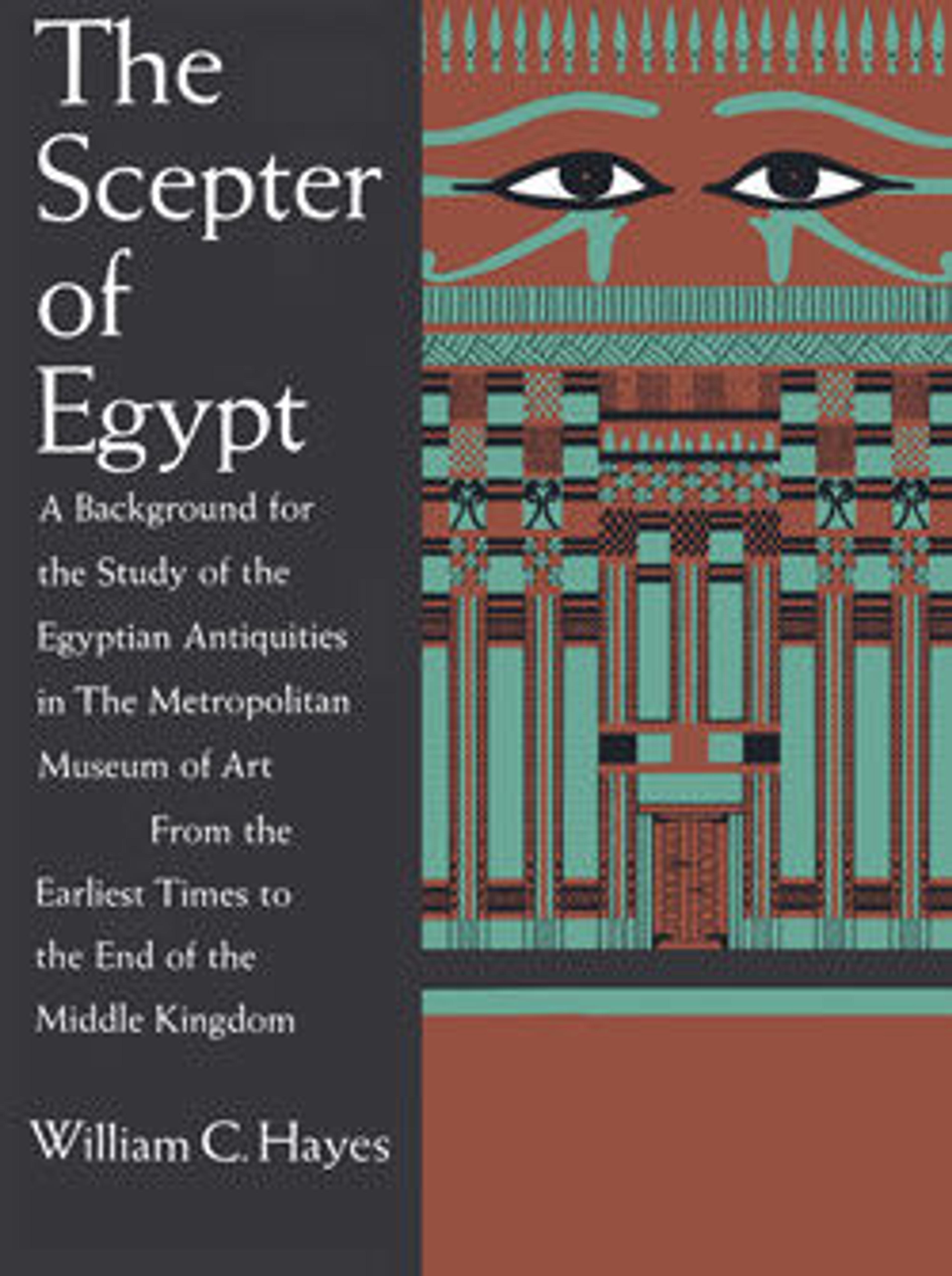Design Amulet with Loop on the Back, Device of Two Children shown in Opposite Vertical Orientations
Design amulets from the late Old Kingdom and First Intermediate Period, also called button seals or figure seals according to their form, were at least in some instances used as seals. They seem overwhelmingly, however, to show devices (base decoration) and combinations of figural backs and base decoration that are clearly amuletic in nature; moreover, at least at Qau, they came mainly from the burials of women and children. Examples are preserved from tombs where they were buried with the dead, sometimes incorporated in strings of beads and amulets.
A recent study has cast considerable light on the motifs and their amuletic significance. These faience button form amulets with images of children are thought to represent the wish for children and their protection.
A recent study has cast considerable light on the motifs and their amuletic significance. These faience button form amulets with images of children are thought to represent the wish for children and their protection.
Artwork Details
- Title: Design Amulet with Loop on the Back, Device of Two Children shown in Opposite Vertical Orientations
- Period: First Intermediate Period
- Dynasty: Dynasty 9
- Date: ca. 2100–1950 B.C.
- Geography: From Egypt
- Medium: Faience
- Dimensions: H. 0.6 × Dia. 1.5 cm (1/4 × 9/16 in.)
- Credit Line: Rogers Fund, 1907
- Object Number: 07.228.123
- Curatorial Department: Egyptian Art
More Artwork
Research Resources
The Met provides unparalleled resources for research and welcomes an international community of students and scholars. The Met's Open Access API is where creators and researchers can connect to the The Met collection. Open Access data and public domain images are available for unrestricted commercial and noncommercial use without permission or fee.
To request images under copyright and other restrictions, please use this Image Request form.
Feedback
We continue to research and examine historical and cultural context for objects in The Met collection. If you have comments or questions about this object record, please complete and submit this form. The Museum looks forward to receiving your comments.
